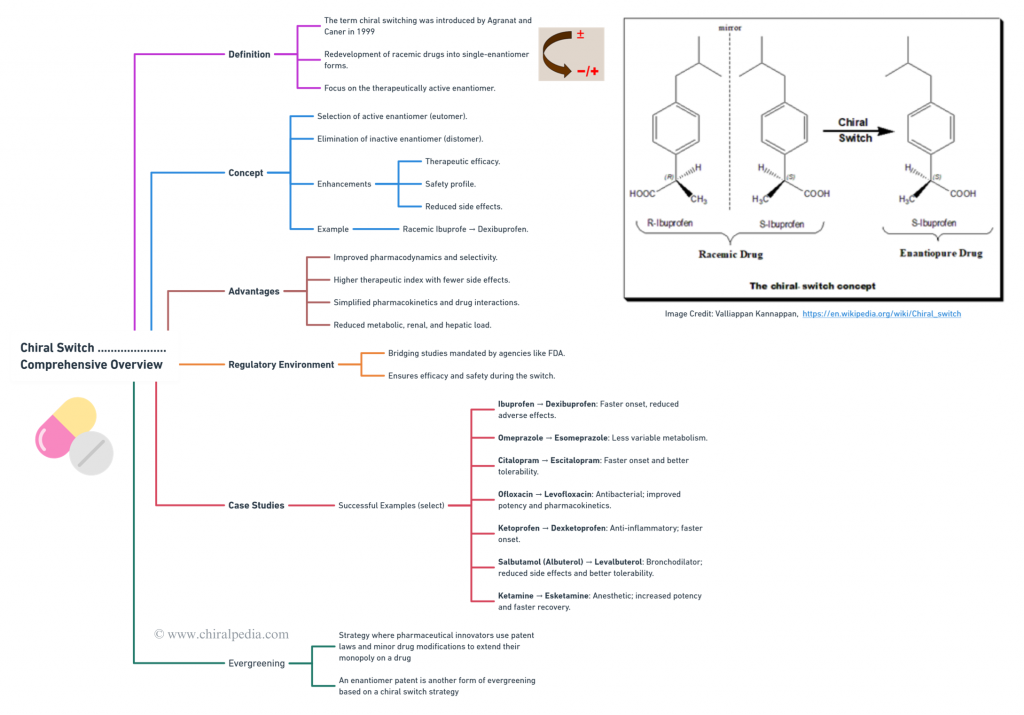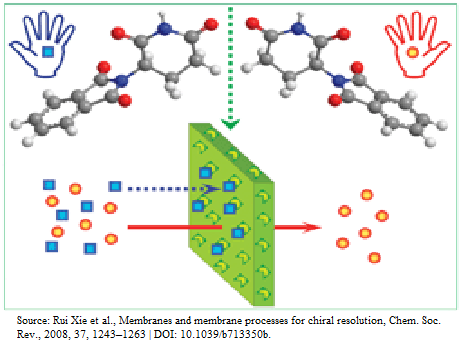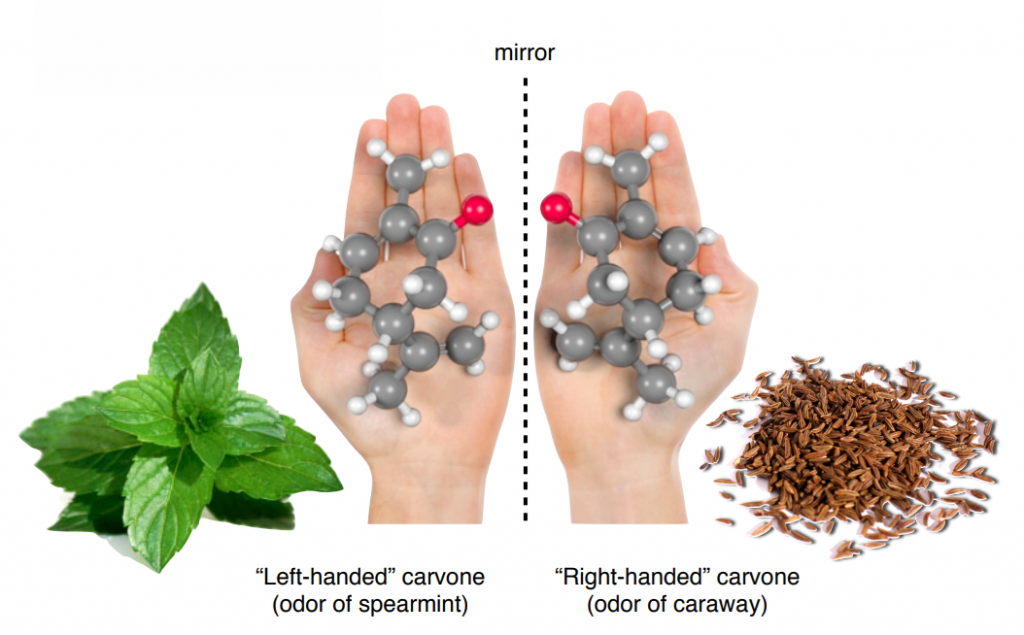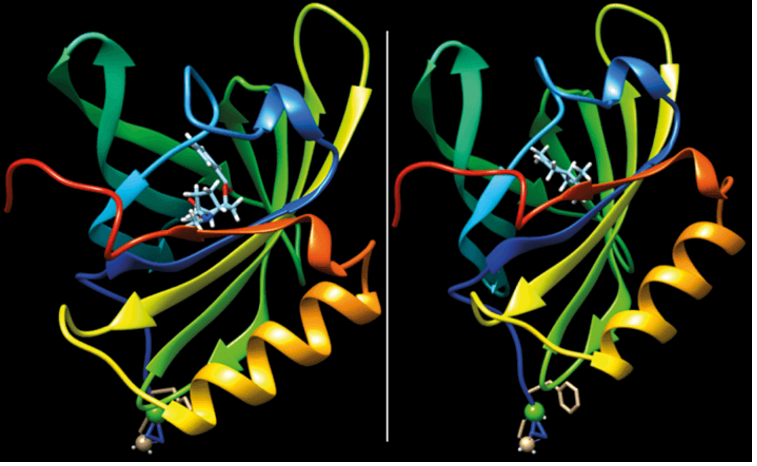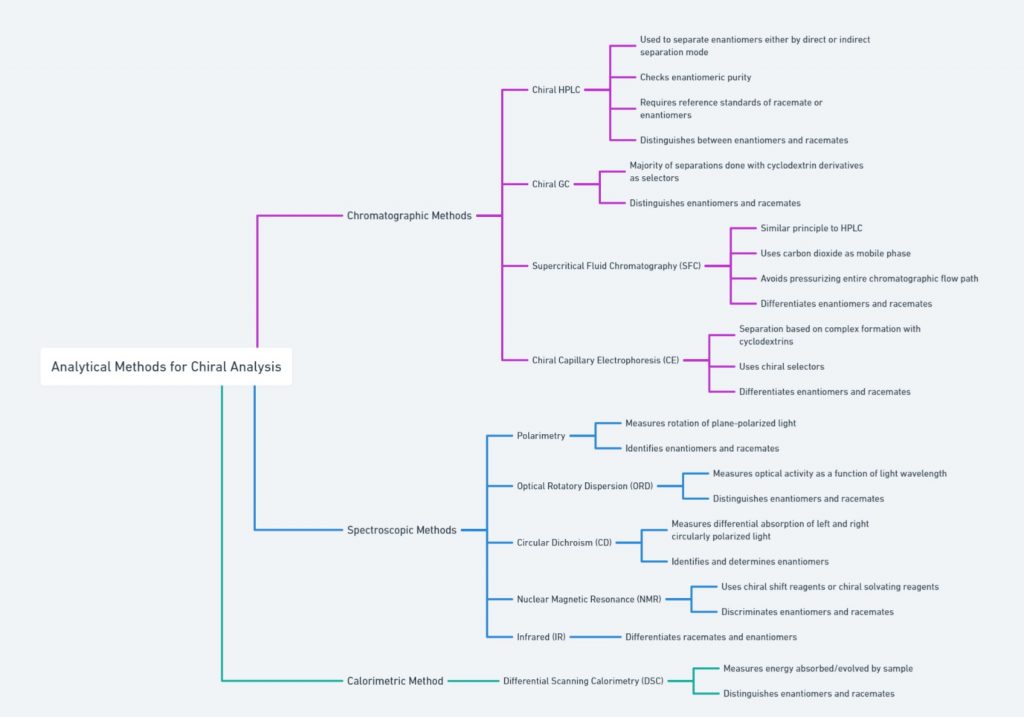Chiral Switch: Unlocking the Potential of Single Enantiomers
Synopsis Welcome to an exploration of Chiral Switch!!! Chiral switching revolutionizes the pharmaceutical landscape by transforming racemic drugs into their more effective single-enantiomer forms, enhancing therapeutic efficacy and reducing side effects This blog post delves into the intriguing realm of chiral switches, presenting key concepts such as chiral switch strategies, their advantages, and the regulatory environment focusing on bridging studies. An engaging mind map highlights notable case studies, both successful and unsuccessful, and also examines …
Chiral Switch: Unlocking the Potential of Single Enantiomers Read More »
